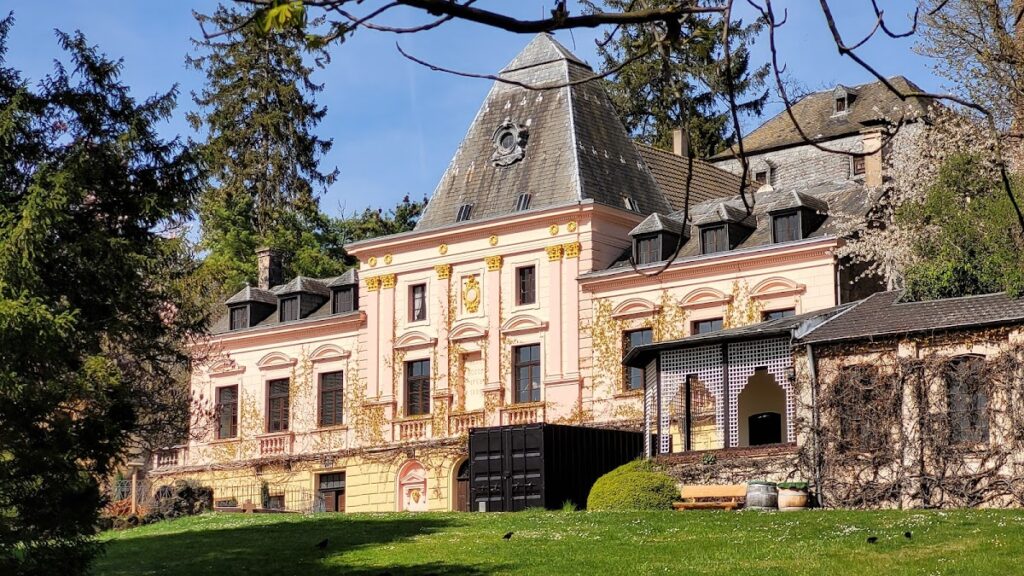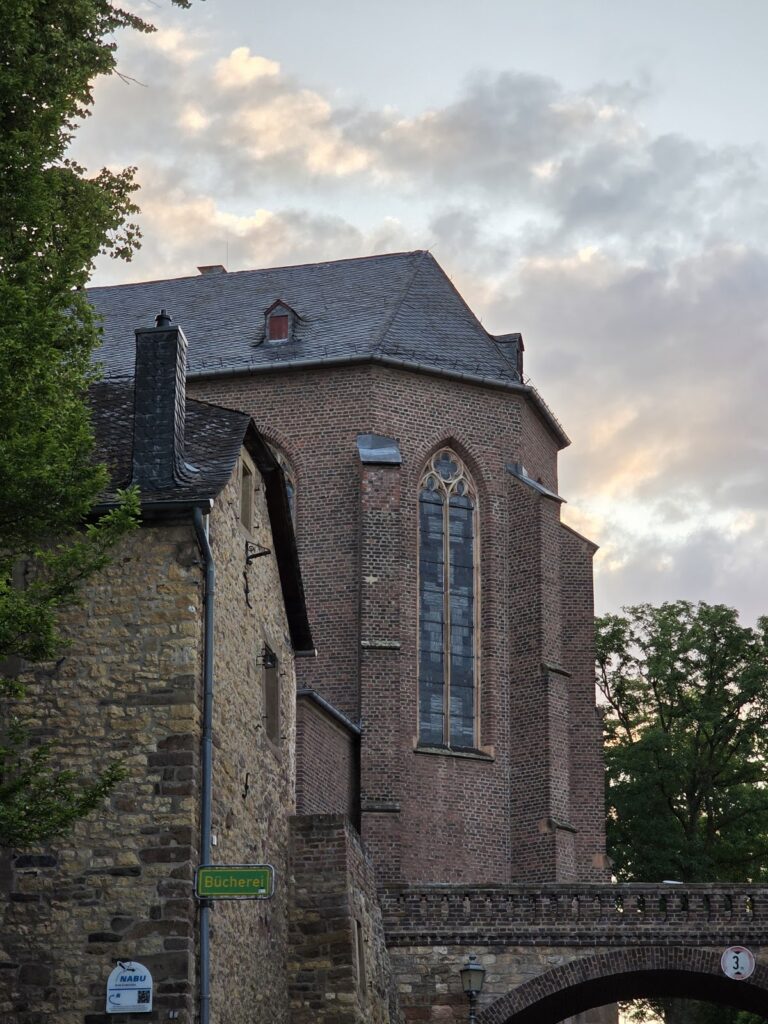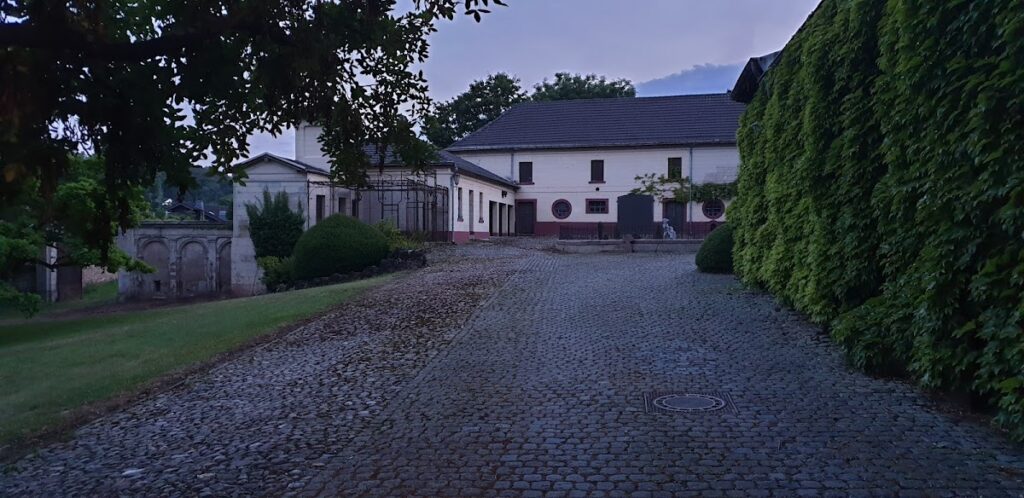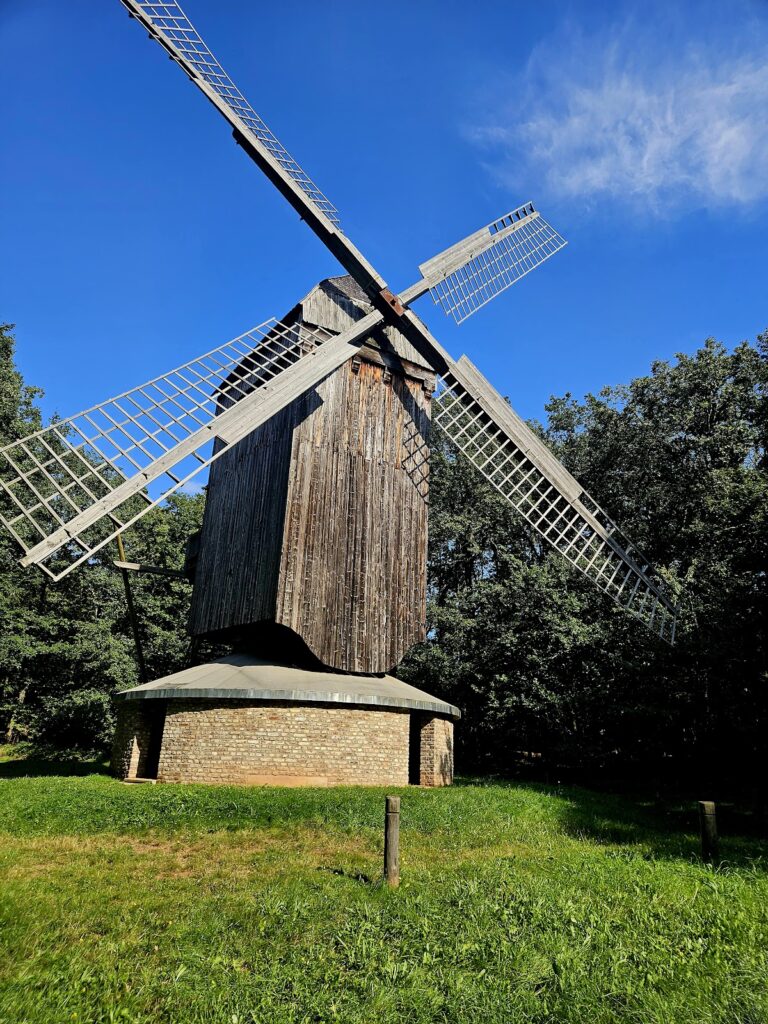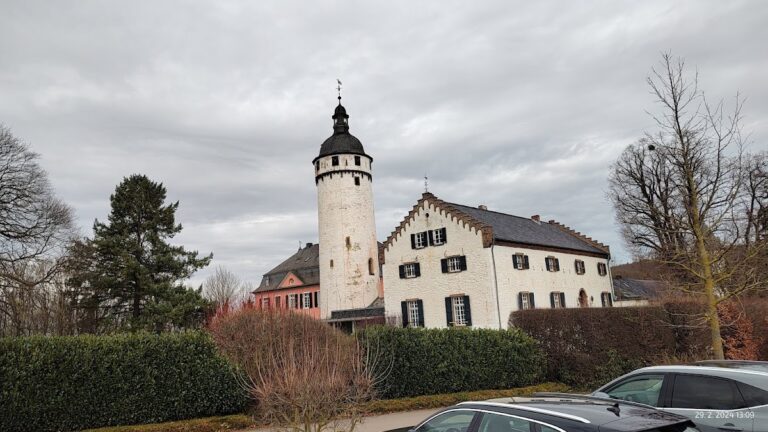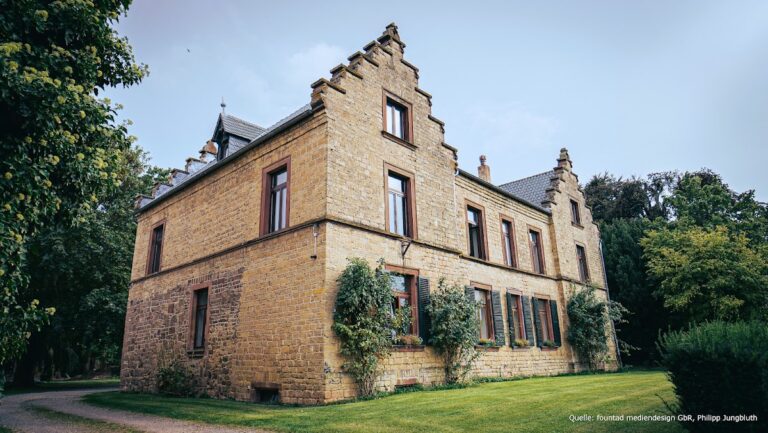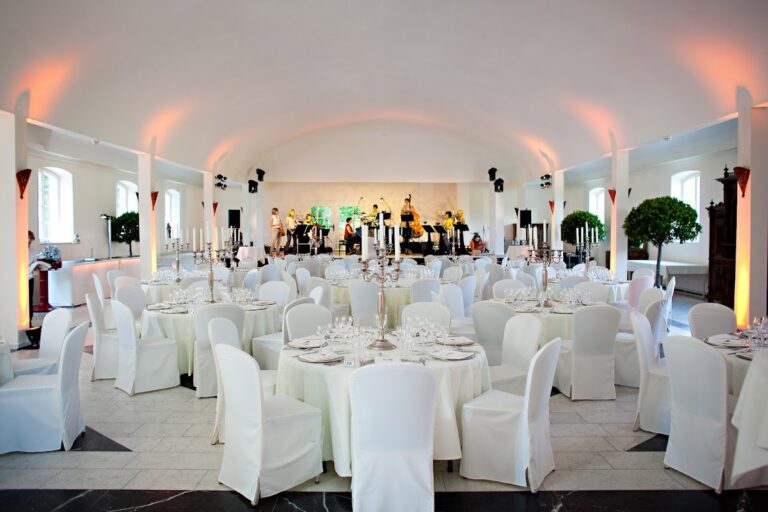Burg Kommern: A Medieval Administrative Castle in Germany
Visitor Information
Google Rating: 4.2
Popularity: Very Low
Google Maps: View on Google Maps
Country: Germany
Civilization: Unclassified
Remains: Military
History
Burg Kommern is situated in the municipality of Mechernich in modern-day Germany and was built by medieval German settlers around the mid-14th century. Its origins date back to approximately 1350, a period characterized by regional fortifications serving administrative and defensive functions.
From its construction, the castle was closely linked to the Arenberg family, a noble lineage that originally held the title of burgrave—meaning castle guardian—of Cologne during the 12th and 13th centuries. Over time, the Arenbergs increased their influence and were elevated to ducal rank in the 17th century. Their wealth stemmed largely from mining activities in the surrounding region, which allowed them to acquire several villages near Kommern, including Roggendorf, Gehn, Strempt, Katzvey, and Weingarten.
Throughout its history, Burg Kommern never served as a noble residence but instead operated exclusively as an administrative center. It housed the bailiff appointed by the Arenbergs, who was responsible for managing the Reichsherrschaft Kommern—the sovereign lordship associated with the territory—until the year 1794. This role underscores the castle’s primary function as a seat of local governance rather than a military stronghold or family home.
In the centuries following its administrative use, the castle became recognized for its distinct and carefully arranged courtyard frontage, noted for its symmetry and ornamental design. Adjacent to the building, a landscaped park was developed, featuring a collection of rare tree species that enhanced the estate’s ambiance and reflected the tastes of its later custodians.
A remarkable historical highlight inside the castle is a rare example of colored wallpaper produced in 1804 by Josef Dufour in Mâcon, France. This wallpaper depicts scenes from the voyages of Captain James Cook, the British explorer. Globally, only nine such pieces are known, with six preserved in southern United States mansions, making this wallpaper a unique artifact within Burg Kommern’s interior.
The castle’s historical importance has been formally recognized since it was designated a protected monument by the city of Mechernich in December 1989. More recently, in 2019, the castle and its park were classified as private green and historic spaces in local land use documentation. As of 2017, ownership remained with the Seul family, maintaining the castle’s continuity into the present day.
Remains
The Burg Kommern complex presents a multifaceted arrangement centered on a prominent residential tower dating back to the mid-1300s. This tower forms the core of a labyrinth-like configuration of buildings, which is concealed behind an elaborately designed courtyard façade. The courtyard stands out for its balanced and symmetrical layout, signifying the thoughtful architectural planning characteristic of the period’s administrative buildings.
Constructed primarily as a hill castle at an elevation of 263 meters, the site blends defensive placement with aesthetic considerations. The courtyard façade’s ornamental quality enhances the structure’s façade, creating an impressive frontage that masks the complexity of the buildings behind it.
Surrounding the castle is a carefully cultivated landscaped park, notable for its collection of unusual and rare tree species. This green space not only complements the castle’s historic environment but also reflects the estate’s evolution beyond a purely functional center to one appreciated for its natural beauty.
Inside the castle, the presence of the 1804 wallpaper by Josef Dufour adds significant cultural value. This rare decorative element remains intact and vividly portrays scenes from the expansive journeys of Captain Cook, offering insight into the global interests and artistic influences appreciated by the castle’s inhabitants in the early 19th century.
The castle’s preservation status is robust enough to warrant official protection, ensuring the survival of its architectural and decorative elements. As a result, the main structures and parkland remain well maintained in their historical form, contributing to Burg Kommern’s standing as a monument of regional heritage.
